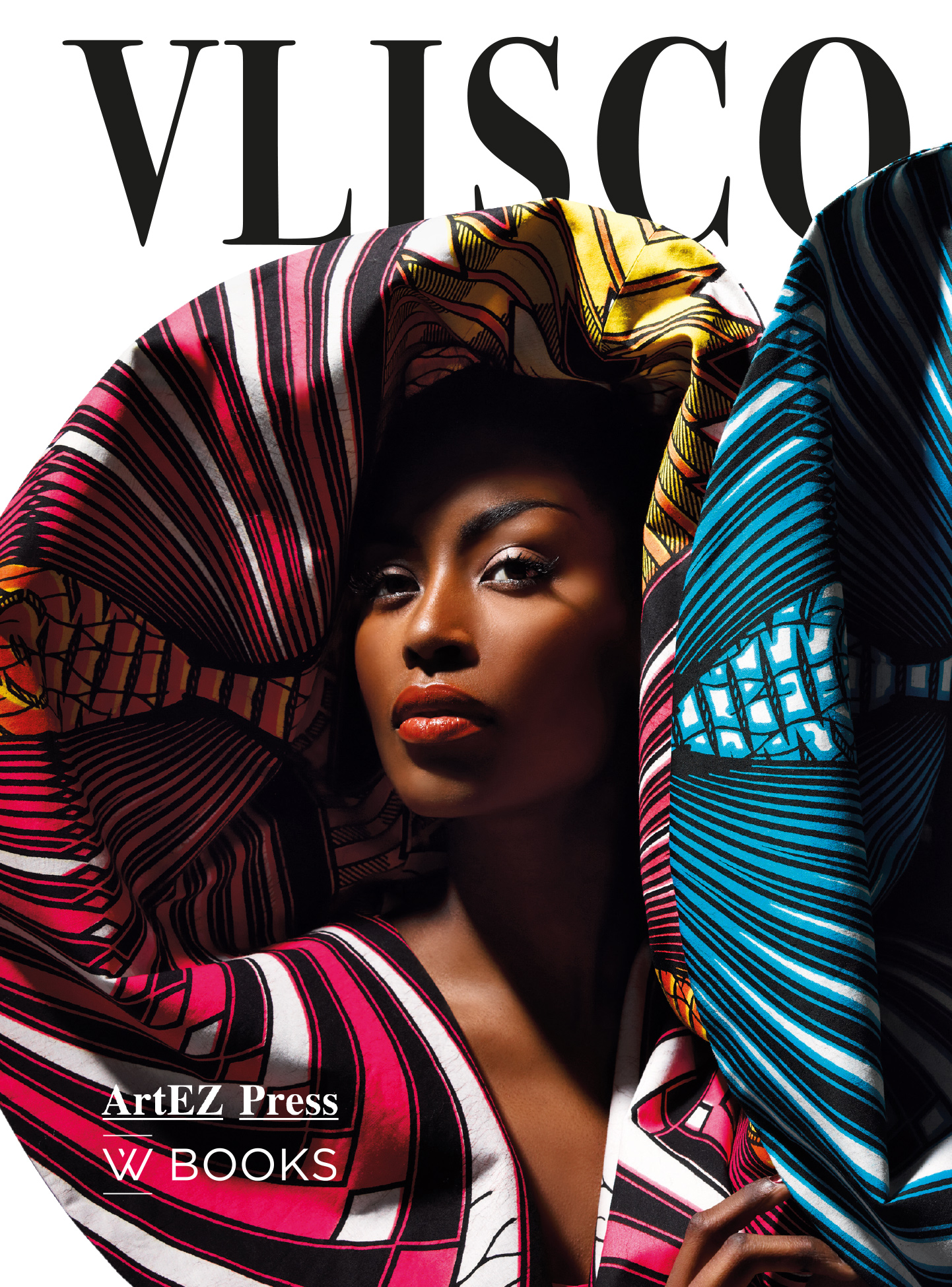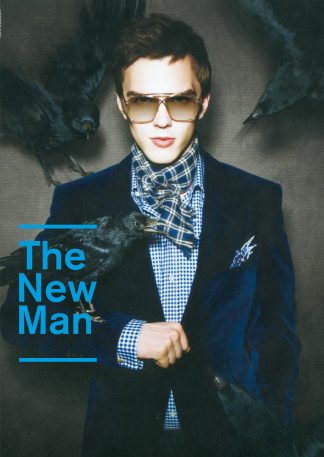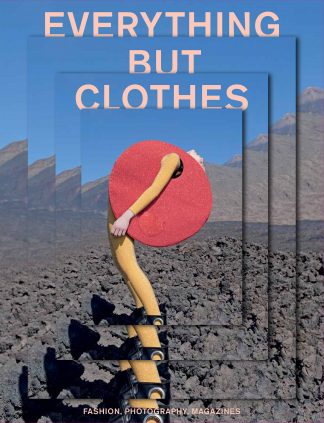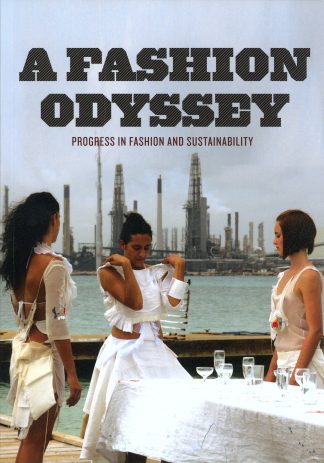Previously available in an English edition
Vlisco
Clothing has always been much more than just a means of covering the naked body. Ethnic origins, social status, political convictions, level of affluence, religion, sexuality, power − all these things can be expressed through clothing, and for the keen observer they are signs of a person’s identity. This applies to clothing in the West, but it is just as true for clothing in Africa. In a continent that was dominated largely by Western colonial powers hundreds of years ago, it is not so strange that the people of Africa also tend to use clothing to mark their position with respect to those powers. Sometimes Africans deliberately dress in Western style to affiliate themselves with the Western elite. But since the decolonisation process began there, more and more people began choosing authentic African clothing as a way of underscoring their own African identity. The Dutch fabric manufacturer Vlisco has played a remarkable role in the construction of that identity. Vlisco, founded in 1847 and since then located in the city of Helmond in the Netherlands, prints its fabrics by means of an industrial method that is related to the Indonesian batik process. There’s an enormous market for these fabrics in a group of countries in West and Central Africa − Ghana, Togo, Benin, Nigeria, Congo and the Côte d’Ivoire. The amazing thing, however, is that Vlisco didn’t just acquire a strong market position in Africa; Vlisco has become an unmistakable part of the African cultural heritage, of African pride. In recent decades in particular, the relatively expensive Vlisco fabrics have come to be regarded by many Africans not only as a sign of success but also as the ultimate in Africanness − and this while the fabrics, without exception, are produced and designed in the Netherlands. The unavoidable question, then, is how a one-hundred-percent Dutch product could have attained such an important position in African culture. And how the company can sustain and even enhance that position in the strongly globalised fashion world, which seems to depend more and more on cheap production.




